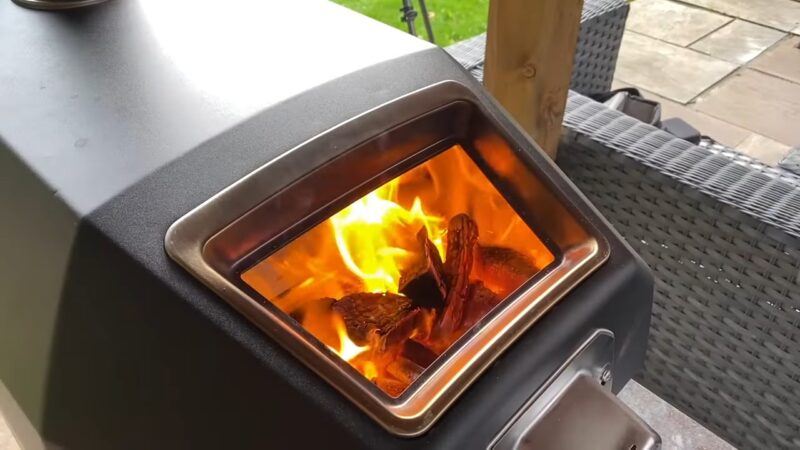There’s nothing quite like the taste of a wood-fired pizza. The smoky, crispy crust, the gooey, bubbly cheese, and the fresh, tangy tomato sauce all combine to create a culinary experience that’s hard to beat. If you’re a pizza enthusiast, you might be wondering if you can use charcoal in your wood-fired pizza oven to achieve that perfect pie. In this comprehensive guide, we’ll explore the possibilities of using charcoal in a wood-fired pizza oven, its benefits, potential drawbacks, and best practices to achieve delicious results.
Wood-fired Pizza Ovens: A Brief Overview
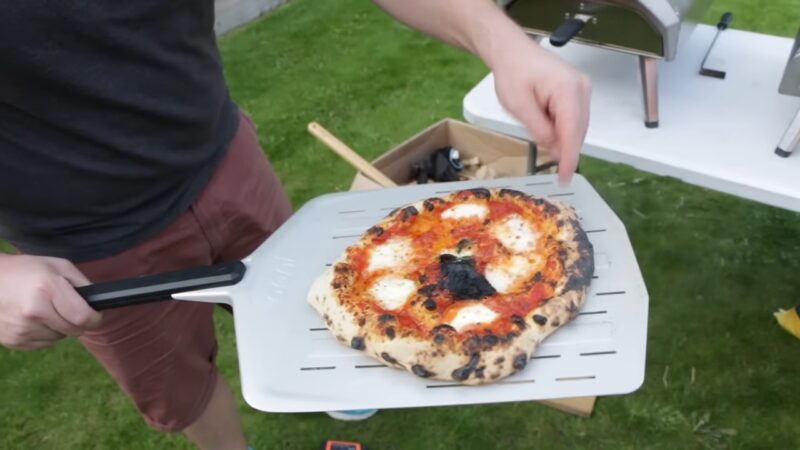
Wood-fired pizza ovens have been around for centuries, with their roots tracing back to ancient Rome. These ovens, traditionally made from brick or stone, are designed to retain heat for extended periods, reaching temperatures of up to 900°F (480°C). The high heat and even distribution within the oven make for a perfectly cooked pizza with a crispy crust and evenly cooked toppings.
Wood-fired ovens primarily use hardwoods, such as oak, hickory, and mesquite, to generate the heat necessary for cooking. The choice of wood significantly impacts the flavor of the pizza, with different woods providing unique smoke profiles.
Why Charcoal? The Pros and Cons
While wood is the traditional fuel source for pizza ovens, there are some compelling reasons to consider using charcoal as well. Let’s dive into the pros and cons of using this particular type of fuel in a wood-fired pizza oven.
[su_box title=”Pros” box_color=”#3E9F1A” radius=”4″][su_list icon=”icon: check-circle” icon_color=”#0cc33e”]
- Consistent heat: Charcoal provides consistent, even heat, allowing for more predictable cooking times and temperatures.
- Less smoke: It produces less smoke than wood, reducing the risk of overpowering your pizza with a strong smoky flavor.
- Easier temperature control: Since it burns at a steady rate, it’s easier to maintain and adjust the heat in your oven.
[/su_list][/su_box] [su_column size=”1/2″ center=”no” class=””] [su_box title=”Cons” box_color=”#B22222″ radius=”4″][su_list icon=”icon: ban” icon_color=”#bf000a”]
- Less authentic flavor: Using charcoal may result in a less authentic wood-fired flavor, as it lacks the distinct smoke profiles provided by different hardwoods.
- Longer heat-up time: Charcoal can take longer to heat up compared to wood, requiring additional prep time.
- Potential health concerns: Some studies suggest that cooking with charcoal may release potentially harmful compounds, although the risks associated with occasional use are likely minimal.
[/su_list][/su_box] [/su_column]
Choosing the Right Charcoal for Your Oven
If you decide to use charcoal in your wood-fired pizza oven, it’s crucial to choose the right type. There are two main types you can opt for – lump charcoal and briquettes.
Lump kind is made by burning hardwood logs in a low-oxygen environment, resulting in a pure, carbon-rich fuel source. It burns hotter and cleaner than briquettes, making it an excellent choice for pizza ovens.
Briquettes, on the other hand, are made from a mix of wood scraps, sawdust, and binding agents. While they burn longer and more consistently than lump charcoal, they may also produce more ash and potentially harmful chemicals due to the additives used in their production. As a result, lump charcoal is generally the better choice for wood-fired pizza ovens.
Combining Charcoal and Wood for Optimal Results
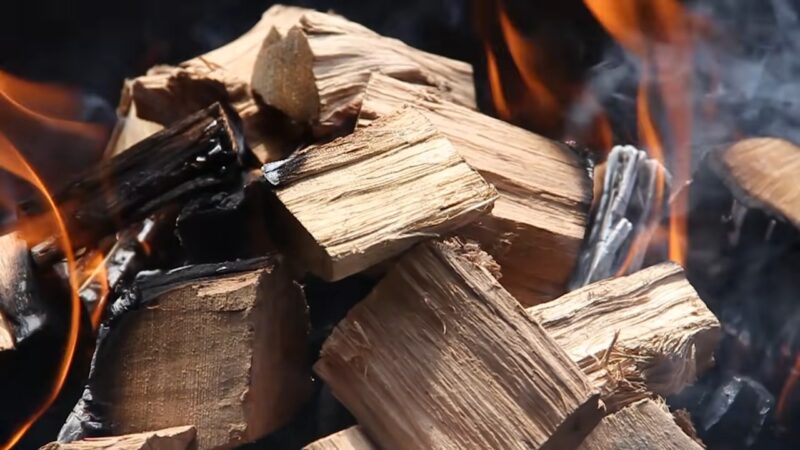
For the best of both worlds, consider combining charcoal and wood in your wood-fired pizza oven. This approach allows you to benefit from the consistent heat provided by charcoal while still enjoying the unique flavors imparted by wood smoke.
To do this, start by lighting a base of lump charcoal in your oven. Once it’s burning well, add a few hardwood logs on top. The wood will add smoke and flavor to your pizza, while the charcoal maintains a consistent temperature throughout the cooking process.
Tips and Tricks for Using Charcoal in Your Wood-Fired Pizza Oven
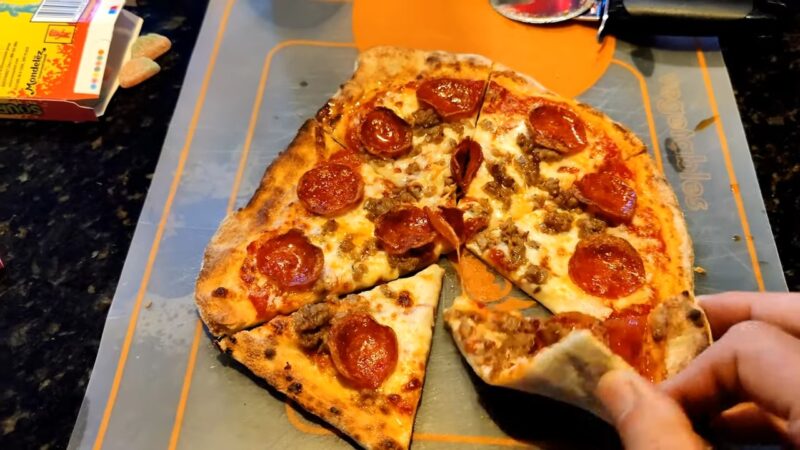
To make the most of your charcoal-fueled pizza oven, follow these tips and tricks:
- Preheat your oven: Allow ample time for your oven to heat up before cooking. This may take longer with charcoal than with wood, so plan accordingly.
- Use a chimney starter: A chimney starter makes lighting charcoal much easier and helps it heat up more quickly.
- Monitor the temperature: Invest in a high-quality oven thermometer to keep an eye on the heat inside your oven. This will help you maintain the ideal cooking temperature and prevent over or under-cooking your pizza.
- Experiment with wood-charcoal ratios: Find the perfect balance of types of fuel to achieve the desired heat and flavor. This may require some trial and error, so don’t be afraid to experiment.
- Keep a clean oven: Regularly clean out the ash from your oven to ensure optimal airflow and prevent any potential hazards.
Safety Considerations When Using Charcoal
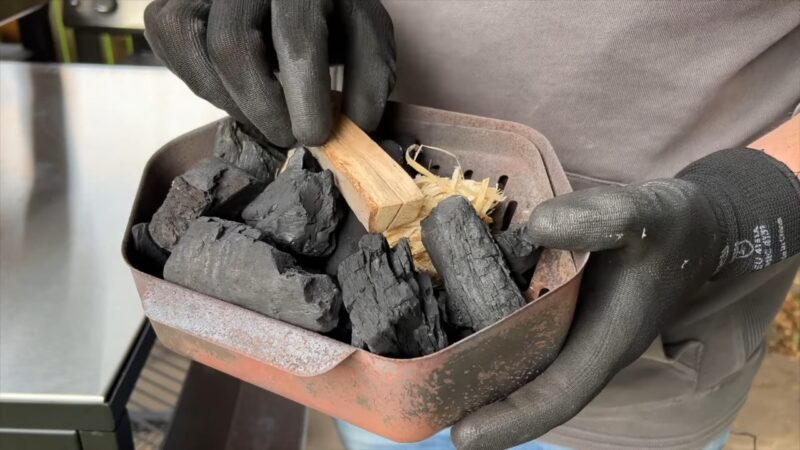
Using charcoal in a wood-fired pizza oven is generally safe, but there are some precautions you should take to minimize any risks:
- Ventilation: Ensure your oven is well-ventilated, as charcoal produces carbon monoxide when it burns. An outdoor pizza oven should have no issues with ventilation, but be cautious if using an indoor oven.
- Use heat-resistant gloves: Charcoal can become extremely hot, so protect your hands with heat-resistant gloves when handling it.
- Store it properly: Keep charcoal in a cool, dry place, away from any heat sources or open flames.
- Dispose of ashes safely: Wait for ashes to cool completely before disposing of them, and use a metal container with a lid to store them until they can be safely discarded.
Frequently Asked Questions
1. Can I use other fuel sources in my wood-fired pizza oven besides wood?
Yes, there are alternative fuel sources you can use in your wood-fired pizza oven, such as the carbon-rich fuel source derived from hardwood logs. This alternative provides consistent heat and is easier to control in terms of temperature.
2. What are the advantages of using alternative fuel sources in a wood-fired oven?
Some benefits of using alternative fuel sources in a wood-fired oven include consistent and even heat distribution, less smoke production, and easier temperature control.
3. How do I choose the right type of fuel for my pizza oven?
When selecting an alternative fuel source, it’s important to look for a product made from hardwood logs. This type of fuel burns cleaner and hotter, making it an excellent choice for pizza ovens.
4. Can I combine wood and other fuel sources in my pizza oven?
Yes, combining wood and other fuel sources can provide the ideal balance of heat and flavor. Start with a base of the alternative fuel, and once it’s burning well, add a few hardwood logs on top.
5. What are some tips for using alternative fuel sources in a wood-fired oven?
Some tips for using alternative fuel sources in a wood-fired oven include preheating the oven, using a chimney starter for easier lighting, monitoring the temperature with an oven thermometer, and experimenting with different wood-to-fuel ratios.
6. Are there any safety concerns when using alternative fuel sources?
As with any fuel source, it’s essential to prioritize safety. Ensure your oven is well-ventilated, use heat-resistant gloves when handling fuel, store it properly in a cool and dry place, and dispose of ashes safely.
7. Will using an alternative fuel source affect the taste of my pizza?
While using an alternative fuel source may not provide the same authentic wood-fired flavor as hardwoods, it can still deliver delicious results, especially when combined with wood for a unique smoky flavor.
The Verdict
You can indeed use charcoal in a wood-fired pizza oven, but it’s essential to choose the right type of charcoal and follow best practices for optimal results. While charcoal may not provide the same authentic wood-fired flavor as hardwoods, it offers consistent heat and easier temperature control, making it a viable alternative or supplement to wood fuel.
By combining charcoal and wood, you can achieve a delicious, evenly cooked pizza with the added benefit of a unique smoky flavor. As with any cooking method, be sure to prioritize safety and take the necessary precautions when using charcoal in your wood-fired pizza oven.

